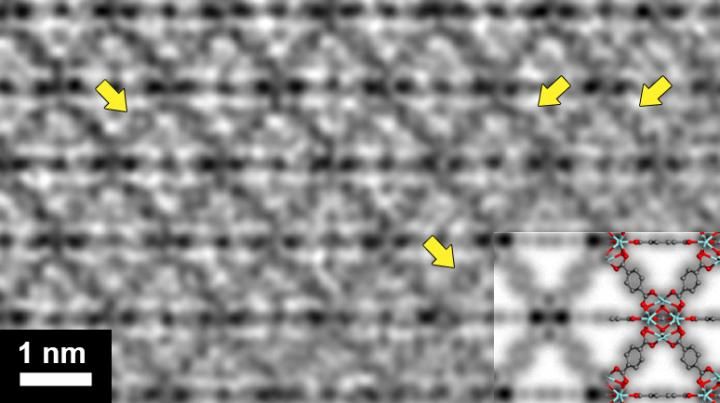Successful pilot plant for CO2 capture to start long-term test
Cooperation for CO2 scrubbing of RWE Power, BASF and Linde to be continued
Advertisement
A separation efficiency of 90 percent, high purity and much lower energy input: These are the results of the research project for CO2 scrubbing, which RWE Power, BASF and Linde are conducting together. The partners have now decided to launch the next project phase. The pilot plant which was commissioned in the coal innovation centre in Niederaussem in 2009 will go through a long-term test from March until the end of 2013. Further process-engineering optimisations will be made to the plant as the research programme continues. Overall, € 6 million will be invested. The Federal Ministry of Economics and Technology is sponsoring the innovative project with some € 4 million. The ministry had already underscored its importance by funding the project with € 4.5 million when it was started in 2007.
"Efficient CO2 scrubbing is key to the success of carbon capture and storage technology, i.e. the removal and storage of carbon dioxide", emphasized Dr. Johannes Lambertz, Chief Executive Officer of RWE Power. "Together with our partners, we want to move CCS forward as an enabling technology for low-polluting electricity generation from coal. The politicians also have to do their bit: We need a CCS law implementing the requirements of the EU Directive without any special conditions to enable the technology to be used in Germany in the long run," Lambertz continued.
As we continue this highly successful cooperative venture, we are very confident that we will further optimise and develop this technology to have it ready for commercial use by 2013,” said Dr. Stefan Blank, Senior Vice President, who heads the Amines Europe business unit in BASF’s Intermediates division. "This cooperation is a venture of global relevance," said Dr. Aldo Belloni, Member of the Executive Board of Linde AG. "It is about environmentally benign energy generation on a large scale. We are happy to be able to make a contribution to this extremely promising project with our expertise in many fields of CO2 management. We will continue to expand our activities in the growth market of energy and the environment in the future.“
Different scrubbing agents were initially tested in three test phases of six months each as part of the pilot operation of the CO2 scrubbing plant connected to the Niederaussem lignite-fired power plant to finally identify an optimum solvent developed by BASF. Result: Compared with processes commonly used today, the energy input can be reduced by about 20 percent when using the new chemical solvent for CO2 capture. The new scrubbing agent also comes with significantly increased stability and resistance to oxygen. This reduces the solvent consumption substantially. In the test phase starting now, the structure of the CO2 absorber, where the CO2 is removed from the flue gas, is to be optimised by Linde so that carbon dioxide can be removed even more effectively from the flue gas. If the test is successful, CO2 absorbers for large-scale power plants, for example, could be made smaller and hence less costly. The reconstruction is starting in the middle of the year and will be complete by the end of the year.
The results of the long-term test are intended to provide valuable findings for the large-scale use of the CCS technology which leading members of the Intergovernmental Panel on Climate Change believe has a key role to play in combating climate change. Using this technology, more than 90 percent of carbon dioxide could then be removed from the flue gases of power plants or other industrial processes from 2020. The CO2 could then be stored underground or be converted to other substances, e.g. fertilizers.



































































